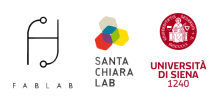
“EduCarSi” is a project by the Municipality of Siena, promoted and funded by the Department for Family Policies of the Presidency of the Council of Ministers. It aims to carry out activities to combat educational poverty and support cultural opportunities for children and teenagers.
For this project, we created the website https://educarsi.scfablab.unisi.it/
There you’ll find an interactive map and can explore 3D reproductions of selected artworks from the Civic Museum, Palazzo Sansedoni, and Santa Maria della Scala, while listening to the voices of some key figures from Siena’s history.
To learn more about all the activities of the EduCarSi project: https://www.sienafamiglia.it/educarsi/
YEAR: 2025
PARTNERS: Comune di Siena, Fondazione Monte dei Paschi, Santa Maria della Scala, Museo Civico di Siena, Università di Siena, Santa Chiara Fab Lab, Vernice, Regione toscana, Codesgin Toscana, ULIS, SDS Senese, UNICEF
The project has been carried out with the support of Presidenza del Consiglio dei ministri – Dipartimento per le politiche della famiglia

YEAR: 2025
PARTNERS: Fondazione Orizzonti d’Arte, Museo Nazionale Etrusco di Chiusi, Santa Chiara Lab, Università degli Studi di Siena, Fondazione Cantiere Internazionale d’Arte, Associazione Durante e Dopo di Noi, Confraternita Misericordia di Chiusi, Comune della Città di Chiusi, Lions Club Chiusi
Funded through the “Community Hub” programme by Fondazione Monte dei Paschi di Siena
As part of the “Teatro Contiene Arte” initiative, promoted by Fondazione Orizzonti d’Arte, a customized version of the Magic Casket was presented at the Villa Morviducci Nursing Home in Chiusi, marking the conclusion of a six-month cultural welfare project.
Aimed at fostering community well-being through the visual, performing, and creative arts—the project featured the active contribution of a Fab Lab, which developed a bespoke interactive platform.
This included the 3D scanning and printing of selected artifacts from the Museo Nazionale Etrusco di Chiusi, along with their photographic reproduction on parchment paper. Each replica was placed on a handcrafted wooden base containing an embedded tablet, transforming the object into an accessible storytelling device that narrates its own history.
As part of the project La Città dei Mestieri—a training initiative aimed at preserving and revitalizing traditional craftsmanship linked to the historical and artistic heritage of Siena’s Contrade—the Santa Chiara Fab Lab contributed to the creation of the sculpture Lupa.
This inter-Contrada project, promoted by the Consorzio per la Tutela del Palio di Siena, supports the transmission of artisanal skills to younger generations. Within this context, the Fab Lab provided technical support for the design and fabrication process, combining digital tools with traditional techniques to help bring the students’ vision to life.
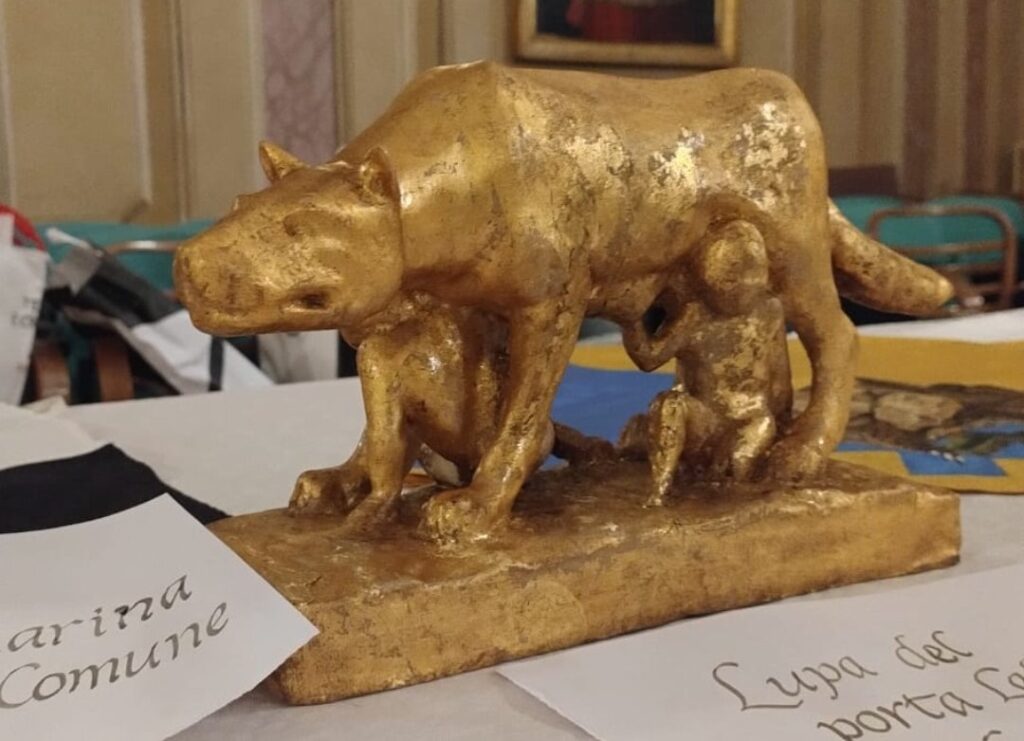
YEAR: 2025
PARTNERS: Consorzio per la Tutela del Palio di Siena, Magistrato delle Contrade, ASP Città di Siena, Comune di Siena, Istituto d’Istruzione Superiore E. S. Piccolomini, Siena Comunica, Comitato Amici del Palio.
The project has been carried out with the support of Fondazione Monte dei Paschi di Siena, through the Community Hub programme
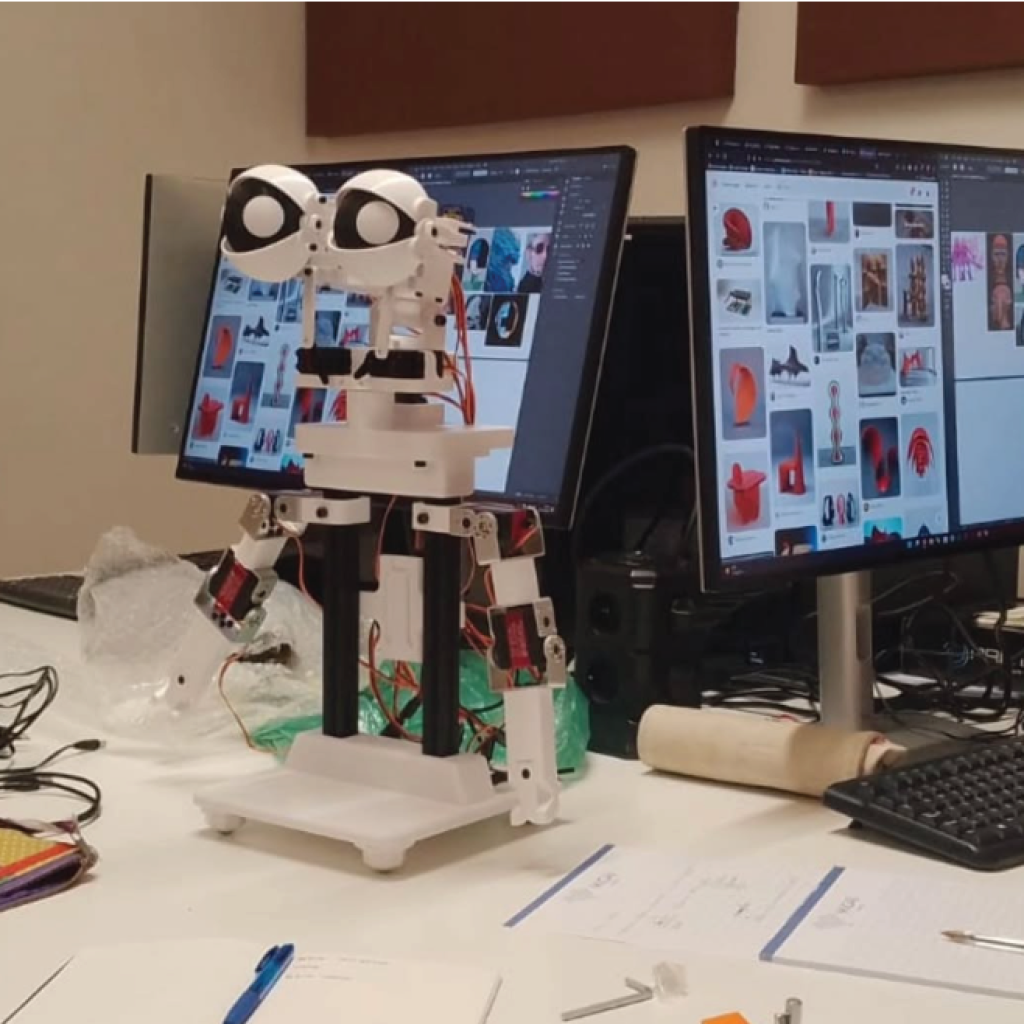
YEAR: 2024
PARTNERS: Straligut Teatro, Museo di Storia Naturale Accademia dei Fisiocritici, AMAT – Accademia Musica Arte Teatro, LaLut Siena , Compagnia Giardino Chiuso, Radicondoli Festival progetto WE CULT, progetto Formazione BAD, Santa Chiara Lab, Università degli Studi di Siena
The BAD project is funded as part of RESET, an open call backed by Fondazione Monte dei Paschi di Siena
The BAD project is a training initiative designed to support artistic and cultural professionals in exploring the potential of digital technologies as tools for creative expression. It promotes the integration of innovation into performative practices through hands-on learning in extended reality, digital fabrication, and design methodologies.
As Santa Chiara Lab, we participated in the project as trainers, contributing to a programme aimed at encouraging artistic and cultural practitioners to embrace digital innovation.
Our contribution focused on hands-on training in four key areas: Design Thinking for creative and inclusive innovation, communication design for digital and physical media, 3D photogrammetry, modeling, and printing techniques, and 2D vector design for plotter and laser cutting. Through these modules, participants acquired practical skills and conceptual tools to experiment with new methods of production and storytelling within the creative and cultural sector.
Alessia Marino
Dottorato di interesse Nazionale in Design per il Made in Italy
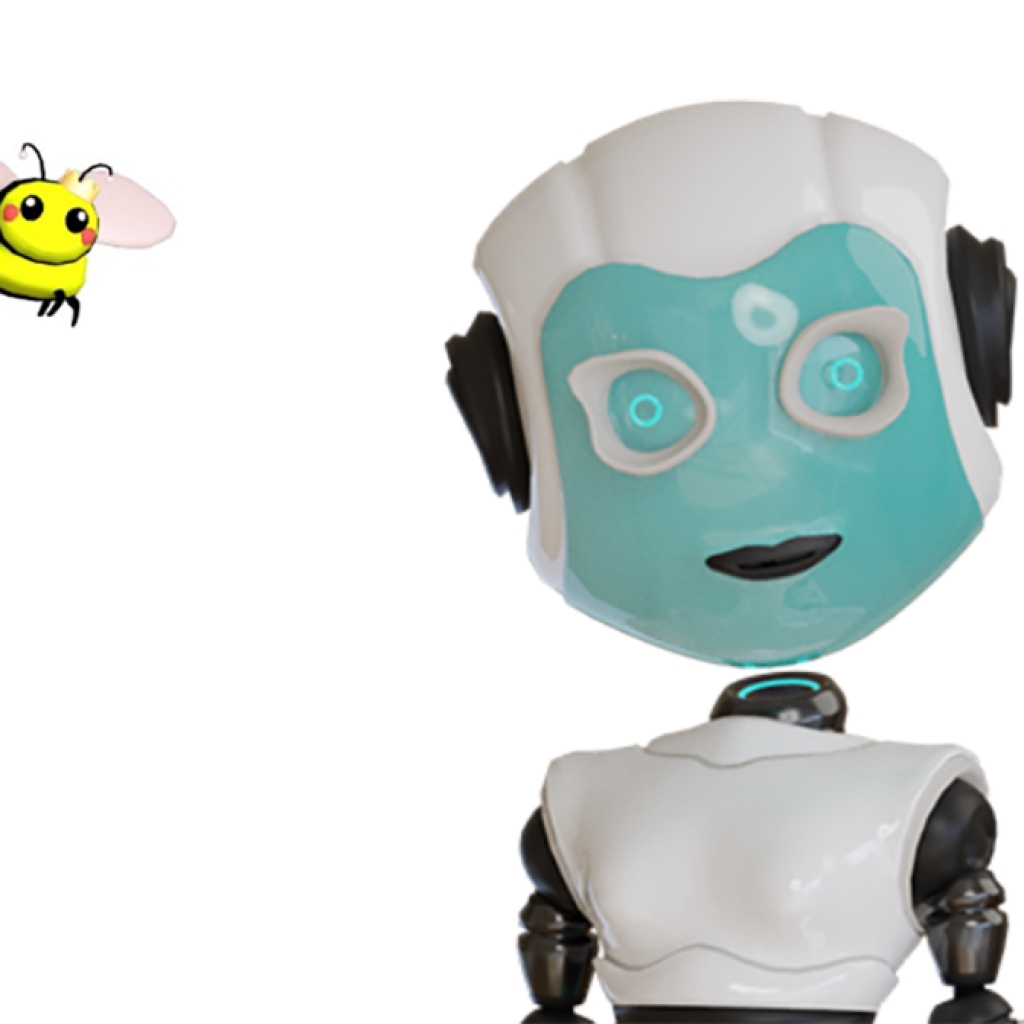
The research project is part of the National PhD Program in Design for Made in Italy: Identity, Innovation, and Sustainability. It explores the use of embodied conversational agents (ECAs) and gamification techniques to support speech therapy for children with primary language disorder.
AI, Wealth, ECAs, Rehabilitation
Joy Ciliani
Dottorato di interesse Nazionale in Design per il Made in Italy
Mental health issues and the difficulties that university students face, such as anxiety, stress, depression, and panic attacks, are increasing. To respond to these challenges, the University created the “Avatar UniSi” project, which includes a digital avatar named “Francesca.” Francesca guides the student community toward support figures, services, events, and initiatives focused on academic well-being.
AI, University student well-being
Antonino Gullì
Dottorato di interesse Nazionale in Design per il Made in Italy
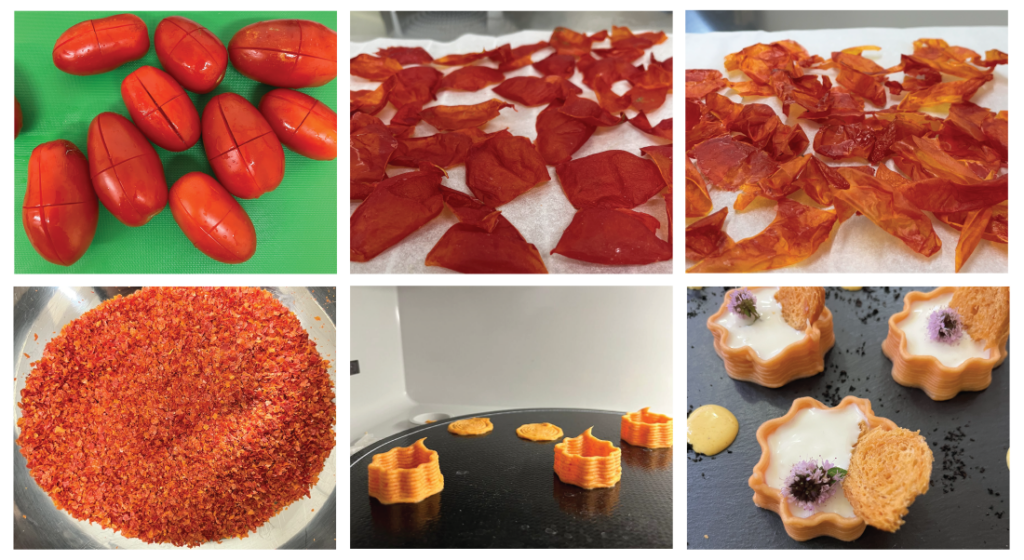
Food Design, Circular Economy, 3D Food Printing